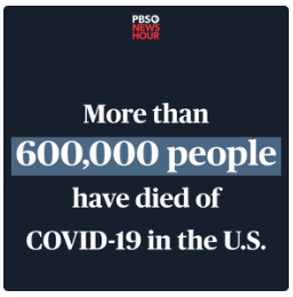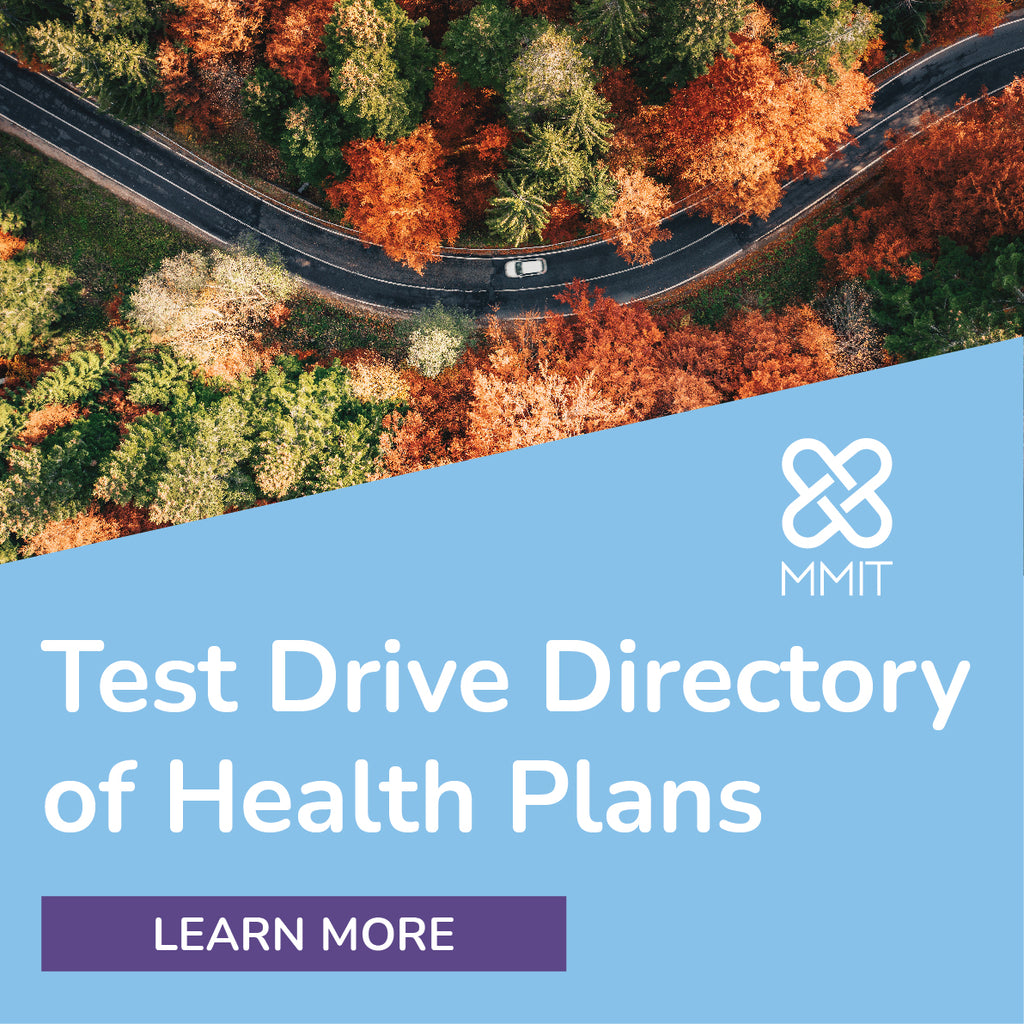Radar on Medicare Advantage
-
Unprecedented Star Ratings Update Will Impact Nearly 2M Members
Following its unprecedented decision to recalculate the 2024 Medicare Advantage Star Ratings after two federal judges agreed there were flaws in their initial calculation, CMS on July 2 released the updated 2024 scores for Part C and Part D contracts. Plans’ overall ratings were updated only if they improved under the revised methodology. Overall, 63 Medicare Advantage Prescription Drug (MA-PD) plan contracts that enroll more than 1.9 million members were impacted, according to AIS Health’s analysis of the CMS release and AIS’s Directory of Health Plans (DHP).

-
MA VBID Model Participants Face New Era of Increased Accountability
CMS’s Medicare Advantage Value-Based Insurance Design (MA VBID) model — which offers MA organizations enhanced flexibility to tailor a variety of interventions to address health-related social needs — has gone through multiple iterations since its inception. In what CMS officials consider the third phase of its evolution, MA VBID participants will soon face new accountability for driving savings, addressing health equity and delivering meaningful supplemental benefits.
The MA VBID model, which was launched by the CMS Center for Medicare and Medicaid Innovation (CMMI) in 2017, has seen participation grow from nine MA organizations in three states to 69 MAOs serving an estimated 8.7 million VBID beneficiaries across the U.S. Having been extended through 2030, it is currently CMMI’s longest-running model and the only model specifically testing innovations in MA. Those innovations initially included offering supplemental benefits or reduced cost sharing to enrollees with certain chronic conditions or who participated in care management and/or disease management activities.

-
New Studies Tout Benefits of High Duals Integration, Pinpoint Shortcomings
As CMS applies pressure on health plans and states to enhance coordination for dually eligible Medicare-Medicaid enrollees and congressional lawmakers urge momentum for the Delivering Unified Access to Lifesaving Services (DUALS) Act, the path to integrated care remains a challenge in many states. And two recent studies show that beneficial outcomes, even for enrollees in Dual Eligible Special Needs Plans (D-SNPs), are not guaranteed.
In separate analyses looking at the New York and Virginia markets, researchers discovered a wide range of improvement areas that, even among highly integrated D-SNPs (HIDE-SNPs) and fully integrated D-SNPs (FIDE-SNPs), could capitalize on the potential of the D-SNP approach. The study covering the Virginia market, published last month in JAMA Health Forum, analyzed the impact of exclusively aligned enrollment (EAE), which the study authors describe as “the highest level of D-SNP integration.” This occurs when the parent organization’s D-SNP (a type of Medicare Advantage plan) is limited to individuals who are also enrolled in that organization’s Medicaid managed care organization.

-
KFF: Medicare Advantage Boasts the Highest Gross Margins in Health Care
Of all privately insured markets, Medicare Advantage had the highest gross margins per member in 2023, reaching $1,982, according to a new analysis from KFF on insurers’ financial performance. Margins have been consistently higher in MA than other sectors over the past decade. KFF pointed out that while gross margins are generally one good indicator of financial performance, they do not necessarily mean higher profitability, as gross margins do not account for any administrative costs or tax liabilities. Researchers analyzed data compiled by Mark Farrah Associates based on information provided by insurers to the National Association of Insurance Commissioners.
-
News Briefs: CMS Final Guidance on M3P Gives Leeway for Enrollee Identification
After considering stakeholder feedback on its draft second guidance for the Medicare Prescription Payment Plan, CMS on July 16 released final guidance that gives plans more flexibility around identifying Part D enrollees who are likely to benefit from the M3P. Starting next year, the M3P requires stand-alone Prescription Drug Plans and Medicare Advantage Prescription Drug plans to give enrollees the option to pay out-of-pocket prescription drug costs in the form of capped monthly payments versus paying the full amount at the pharmacy. After finalizing its first guidance in February, CMS released a draft of the second installment, with a public comment period that ran from Feb. 15 through March 16. CMS in a July 16 memo to plan sponsors said it received more than 100 responses from a broad range of stakeholders, including patient advocates, data vendors, Part D sponsors and pharmacy benefit managers, and it made several clarifications and changes in response. Those included clarifying that it does not expect Part D plans that exclusively charge $0 cost sharing for covered Part D drugs to all plan enrollees to offer members the option to spread out their OOP costs through the M3P and giving plans the option to send an election request form with the member’s ID card mailing or separately in a different mailing. The agency also will allow plans to develop their own strategies for ongoing outreach during the plan year to enrollees who are likely to benefit from the M3P. CMS on July 16 also released a final set of model and standardized materials to support Part D sponsors in meeting their education, outreach and communications requirements for the program.











